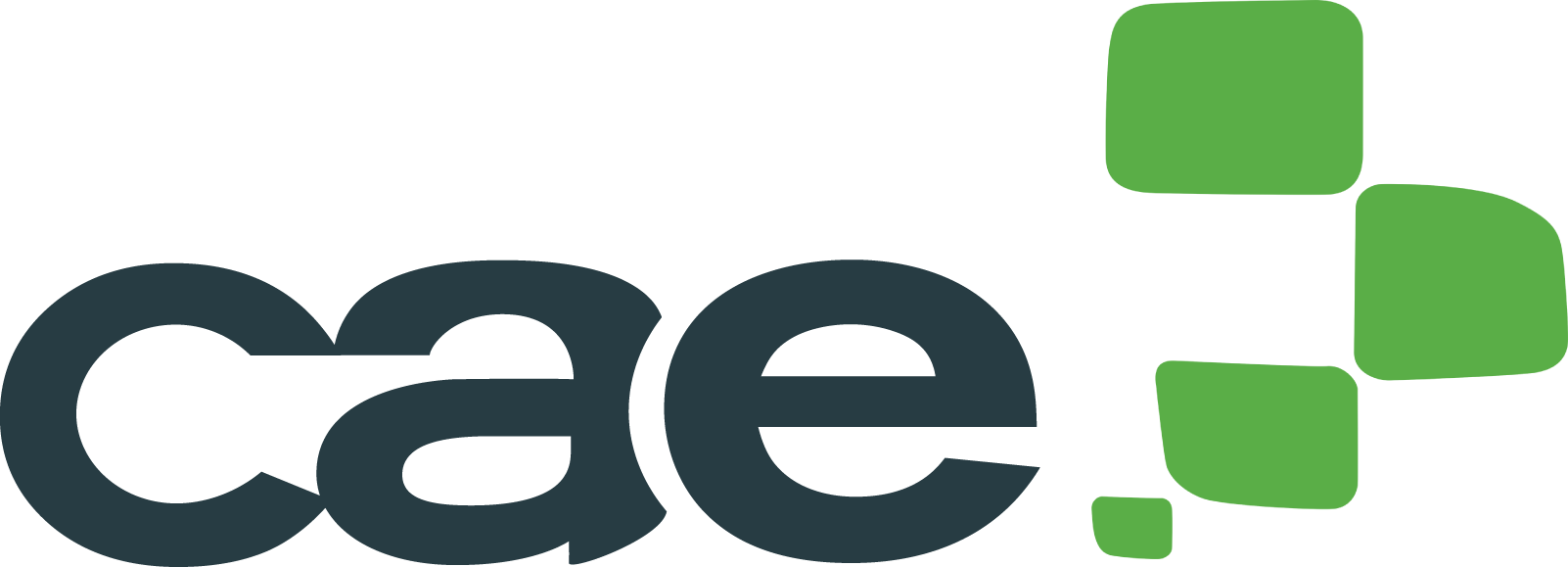Personalized learning is one of the most essential educational trends in recent years. Increasingly, educational centers are aware of the importance of the individualized learning process, meeting each student’s particular needs, and pace when internalizing skills.
In traditional education, knowledge was standardized for everyone, the pace was set solely by the teacher, and the concepts were mainly based on memorizing theory. On the contrary, in modern education, it is sought that students themselves guide their learning with autonomy and involvement, motivated by their interests and abilities from a fundamentally practical and applied vision.
This change that is taking place in classrooms progressively all over the world requires significant doses of innovation. Both to transform the work tools used by educational institutions, and to train teachers in new instructional guidelines.
Personalized learning linked to innovation
Personalization involves a change in the conventional educational paradigm. Therefore, it is necessarily linked to innovation.
Through educational innovation, which tirelessly investigates the best solutions to address the needs in the classroom, today we have instruments and methodologies that allow us to implement an educational model based on personalization in a simpler way.
Personalized learning focuses on the student, both for the teachers and for the students themselves, who become aware of their role in their progress in each of the courses. Of course, ICT has been a key element in all this educational renewal.

Key aspects to incorporate personalized learning in classes
Personalized learning follows a pedagogical model that puts the students at the center, without forgetting that each one of them has different experiences, knowledge, and aptitudes. At the same time, the results based solely on a numerical grade are less and less important, and the effort, the progress that each one experiences and the enjoyment of learning are valued.
To implement Personalized learning strategies in the classroom, it is necessary to plan and adopt changes that can be made gradually.
Although there is no single way to implement personalization in an educational project, we are going to offer some recommendations that can serve as a guide and reference when putting it into practice:
Student observation
It is vital to know the students, their interests, and their motivations to offer a personalized experience that manages to encourage them and awaken their desire to continue learning. The tools provided by an educational platform provide the teacher with valuable information on each student that helps discover them.
Foster participation
Students are the protagonists in the classroom and become participants in their own learning. In turn, the relationship between the teacher and the students changes through the dynamics that encourage student participation in the classroom and online.
This way of working in which they listen and are listened to gives them self-confidence and modulates their way of expressing themselves and sharing their opinion.
Flexibility
Personalized learning requires flexibility. Teachers must be able to adapt to the needs that arise and to the topics that arouse interest.
In this sense, we find a study plan with clear and specific objectives, but with actions that can be flexible.
Related to this concept, hybrid teaching is found which, in many cases, can be a formula that offers a personalized educational experience to students.
Cooperativity
Cooperative work enriches us and, when it is applied to classes, it teaches students to work as a team. Although the teamwork concept might make us think that is contrary to personalization, it allows us to work in areas that strengthen personalized learning.
Thus, students must mediate in a group, working on principles such as shared responsibility, joint decision-making, social skills, the argumentation of ideas within a team, role distribution, and positive interdependence.
Hands-on learning
Learning through practice is essential, as it helps learners connect the knowledge they study with real life.
Some concepts are undeniably theoretical, as with the grammar base when learning a language, or the periodic table in a chemistry class. However, it is essential that students see how useful it is to understand these concepts in order to move on to the applying part of the subject and how these concepts are supported in activities in which they are put into practice. In conclusion, it is about applying the principle of learning by doing referred to by the researcher Roger Schank, who explains that learning is based on experiences and this “happens when someone wants to learn, not when someone wants to teach”.
Awareness of progress
Personalization seeks for, among other objectives, the students to be participants in their own progress. This leads us to a learning model motivated by the students themselves in which they are the driving force of the process.
This way, students become aware of their progress in the subject. In this scenario, the teacher’s role is to guide and conduct the process, designing optimal learning environments.
A new educational model supported by technology
Although it is true that a customized technology-free methodology can be adopted, it provides solutions that make it much easier to apply.
An LMS facilitates in-depth knowledge of the students’ interests, their areas for improvement, and their progress thanks to the analytics and data collection tools that it incorporates. In addition, it encourages individual and group participation, and provides beneficial tools for teamwork.
There is no doubt that the role of the teacher has changed. The image we had of the teacher leading the class and giving a lesson is gone, giving rise to a classroom with more interaction, participation, and a more two-way relationship between teachers and students.
Given this situation, having an e-learning platform is a great advantage that helps to apply the personalization of teaching, to better understand the needs of the students quickly and automatically. Besides, it helps track the group and individual progress.
If as a teacher you are interested in e-learning solutions designed to encourage personalized learning, contact us. One of our EdTech experts will be able to advise and offer you the tools that best suit your case.
You may also like:

